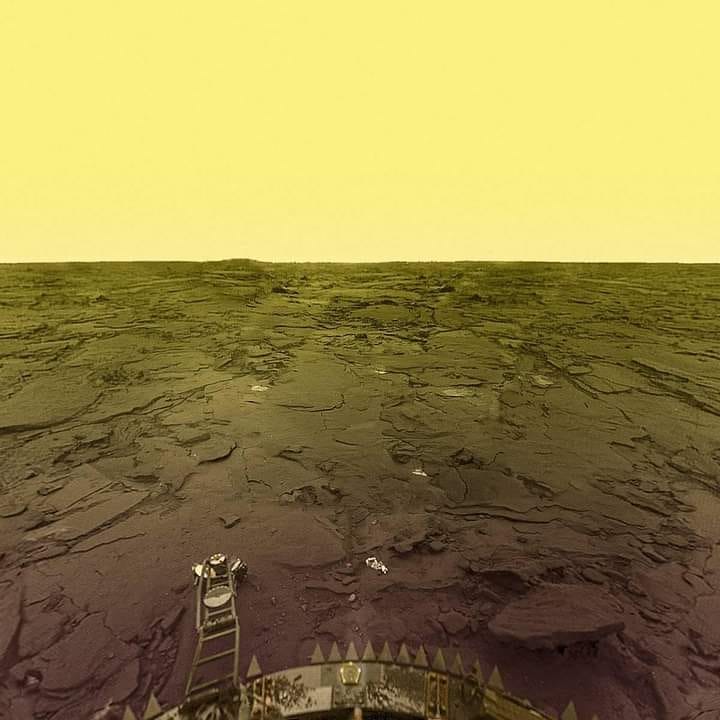The Stellar Survey for August 3 - August 9
A new study has revealed that meteorites produce most of moon’s thin atmosphere. | The more you know!
‘I believe Mars still has some big surprises for us.’ | Check out this interview with astrobiologist Nathalie Cabrol.
Happy two years to the James Webb Space Telescope! | Check out these 10 revolutionary finds from the JWST’s first two years.
New evidence shows that there might be underground caverns on the Moon, which would be very useful for human habitation down the line. | It’s like The Umbrella Academy, but in real life!
Dead stars sometimes shine again, and guess what: gravity might be responsible. | The gift that keeps on giving.
New research suggests that the Sun is a “runaway world collector” and rogue planets could orbit the Sun for billions of years before being drawn in to the centre. | WHY YOU SO OBSESSED WITH ME, PLANETS?
The Perseids are back this weekend! Check them ouuuut! | They’ll be at their brightest early in the morning on August 12.
Speaking of meteor showers—do meteor showers threaten satellites and the ISS? | Short answer: no. Long answer: no, because of the Whipple bumper. What is a Whipple bumper, you ask? Read on!
Scientists have discovered that rocks can make “dark oxygen” on the sea floor, in almost complete darkness. This means that oxygen (and perhaps other building blocks of life!) can arise in ways we’ve never anticipated, which means that MAYBE on some rocky “barren” world in some galaxy far far away, life is actually thriving.
NASA has revealed the astronauts on SpaceX’s Crew 10 mission to the ISS. | Happy travels, all!
New evidence suggests that Venus may be able to support life! | Scientists have found phosphine and ammonia in the atmosphere. These are both produced by bacteria. Who knows what’s just around the corner…
Check out these three sun mysteries we have yet to crack. | My favourite: the surface of the sun is much cooler than its outer atmosphere, and we still don’t know why.
Venus may have mirrored Earth even more than previously suspected. | Something something greenhouse gas effect, oh dear.
This new generation of Starlink satellites are even brighter than the originals. | So much for dark and uninterrupted night skies.
Satellites: not just for the orbit, as it turns out. | Let’s explore how satellite tech made it onto 2024 Olympic swimsuits!
Over 300 “hidden” planet-devouring stars have been found in our Milky Way. | The universe: she is a strange and scary (and exhilarating) place.
The Aurora Borealis could join the Perseids this weekend! | Look UP, everyone! Look UP!
And finally, since Venus made a few cameos this week: check out the only photos we have from the surface of our planet’s “evil twin”.




